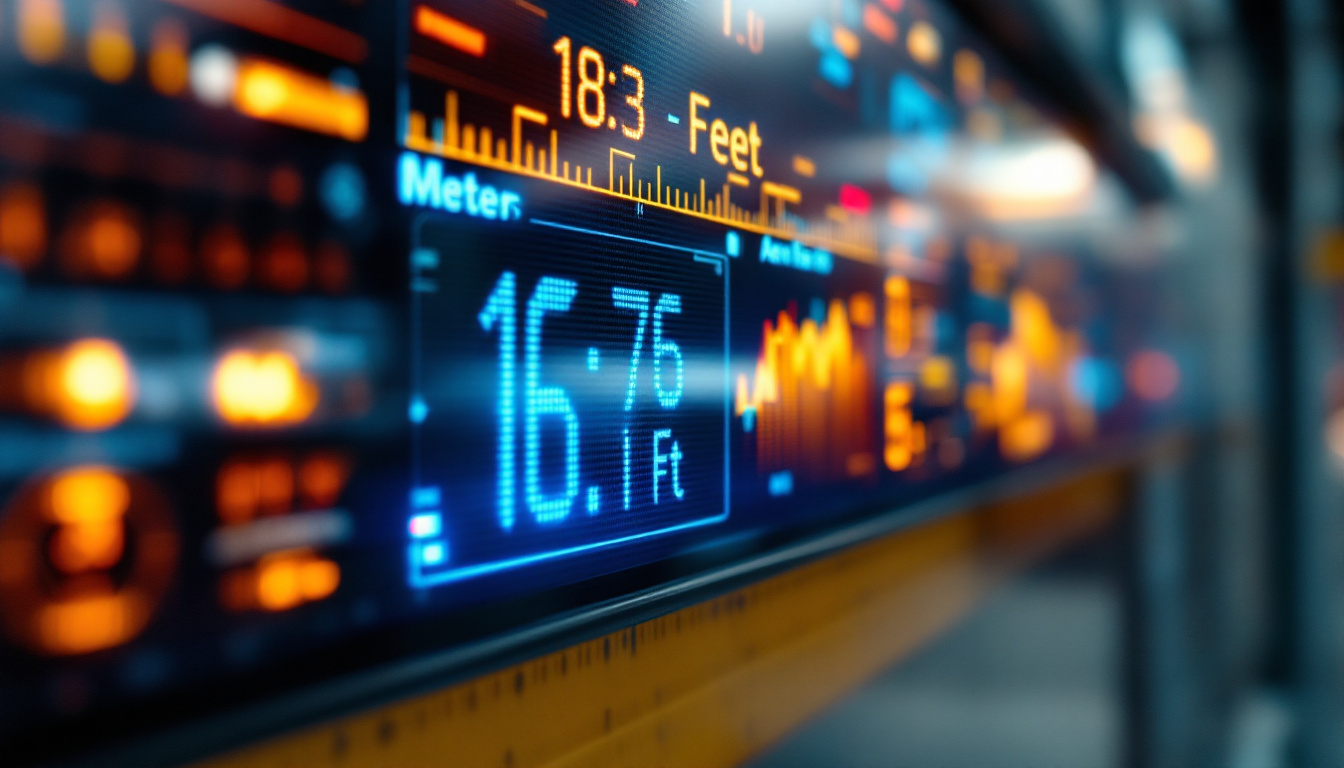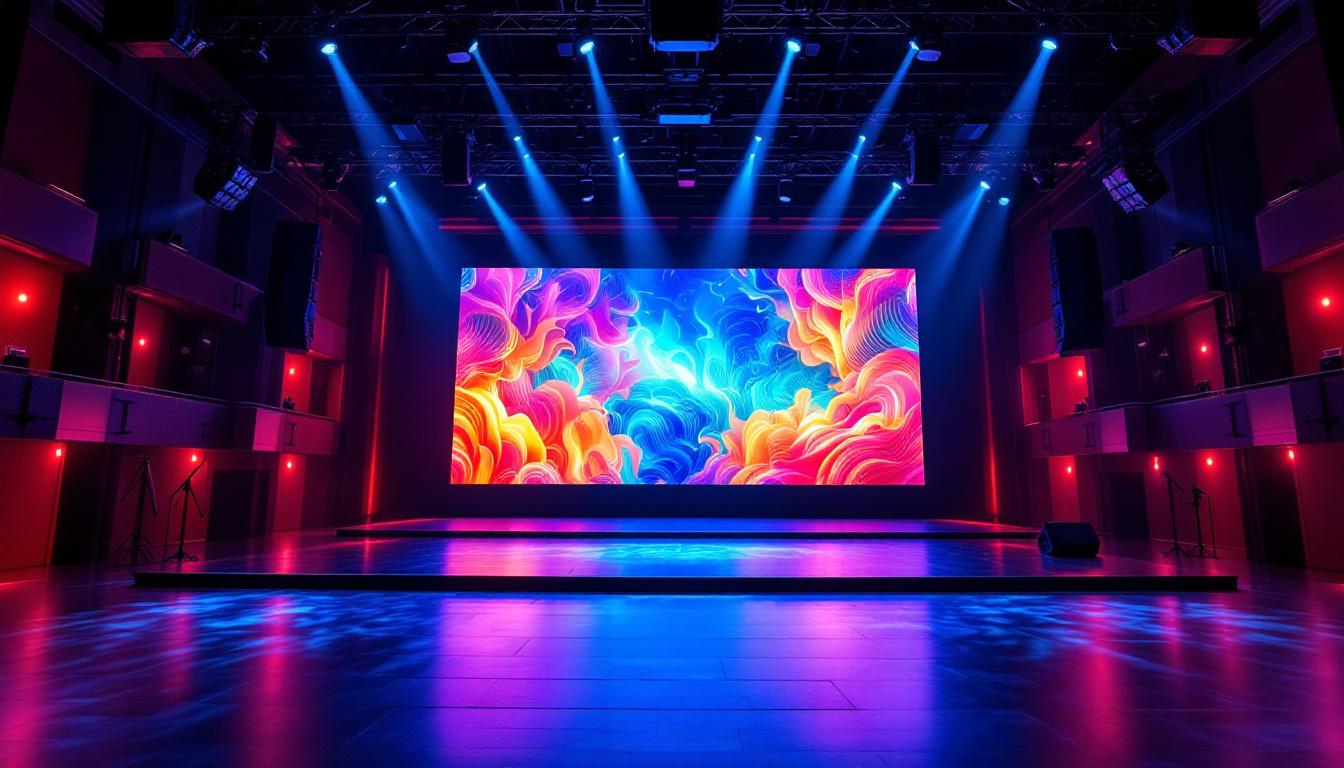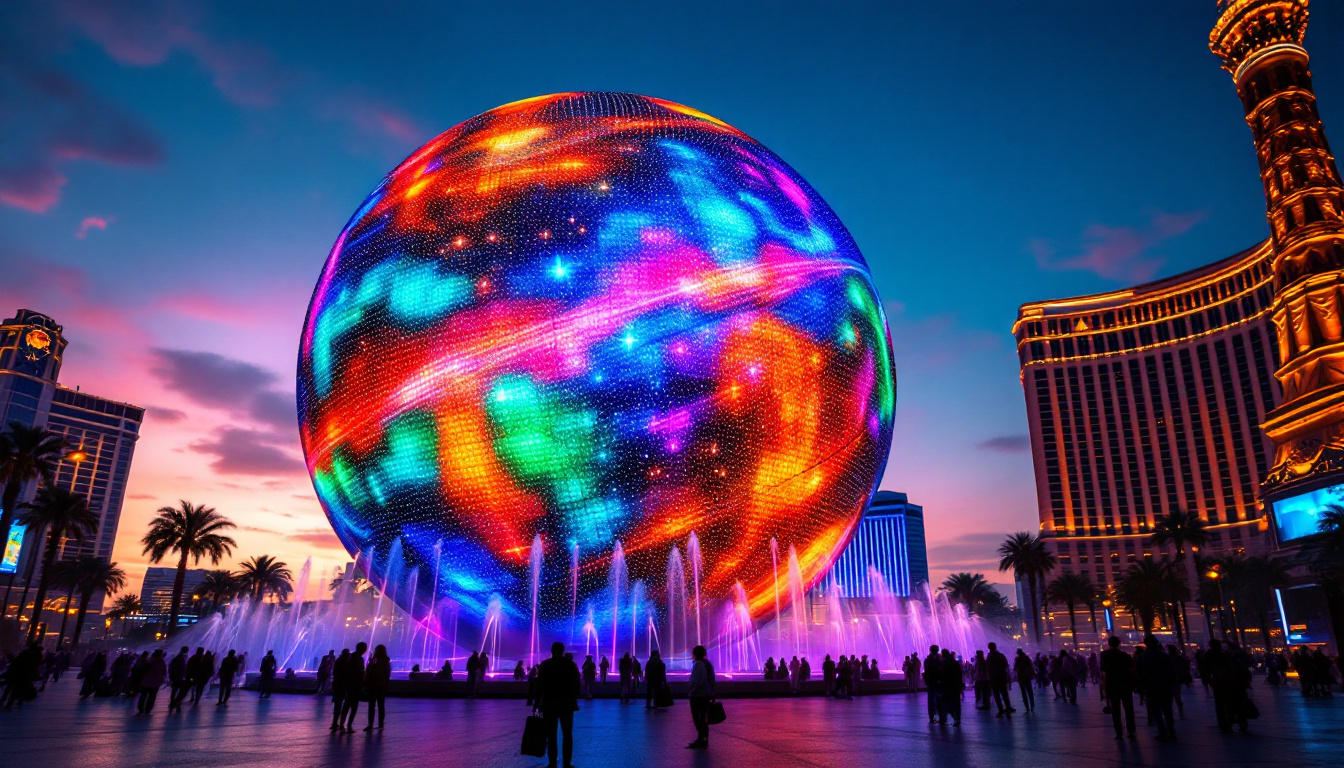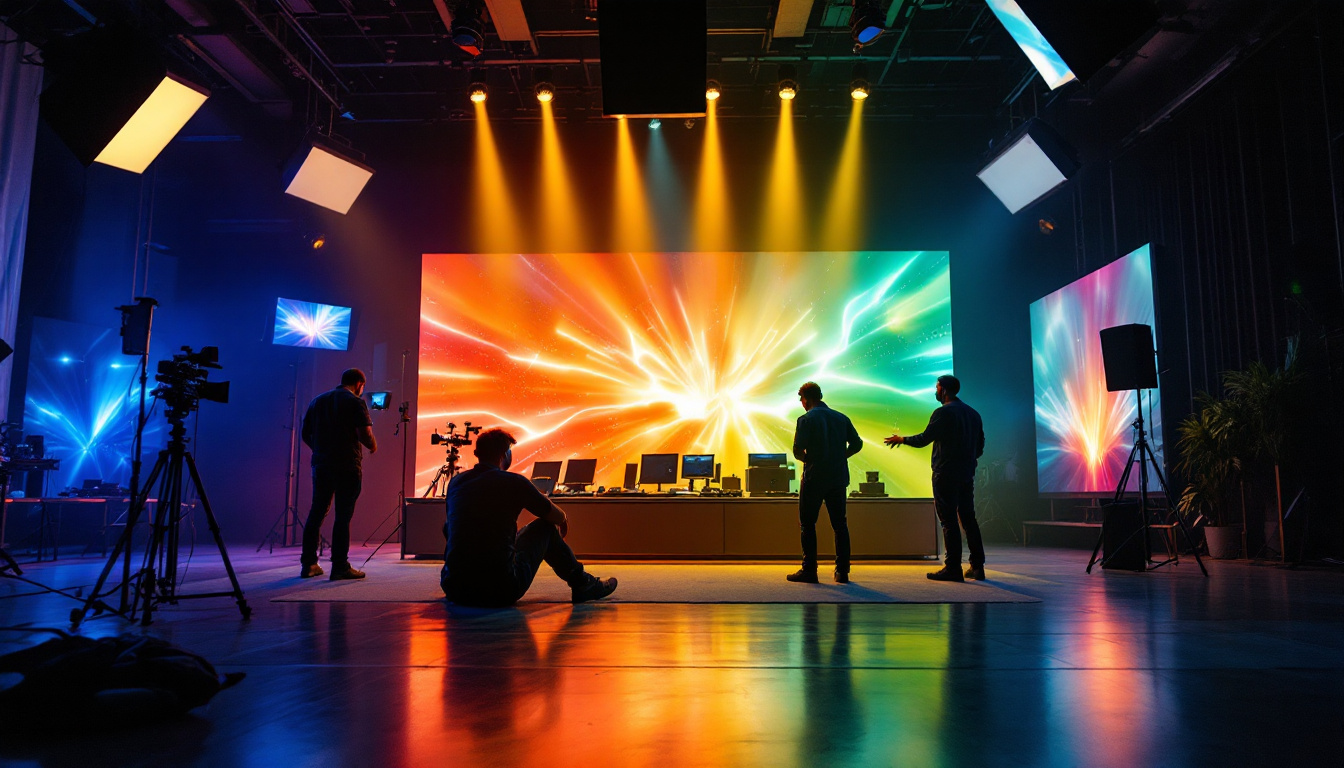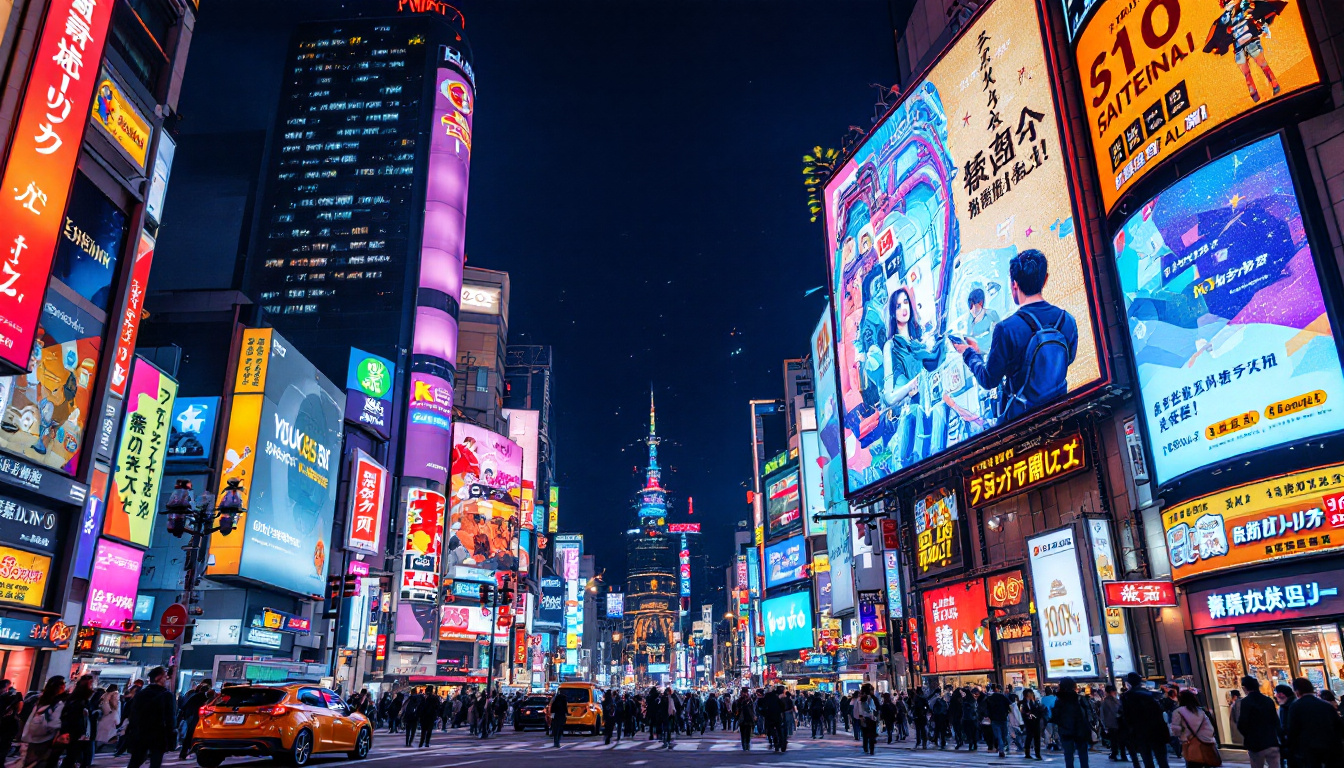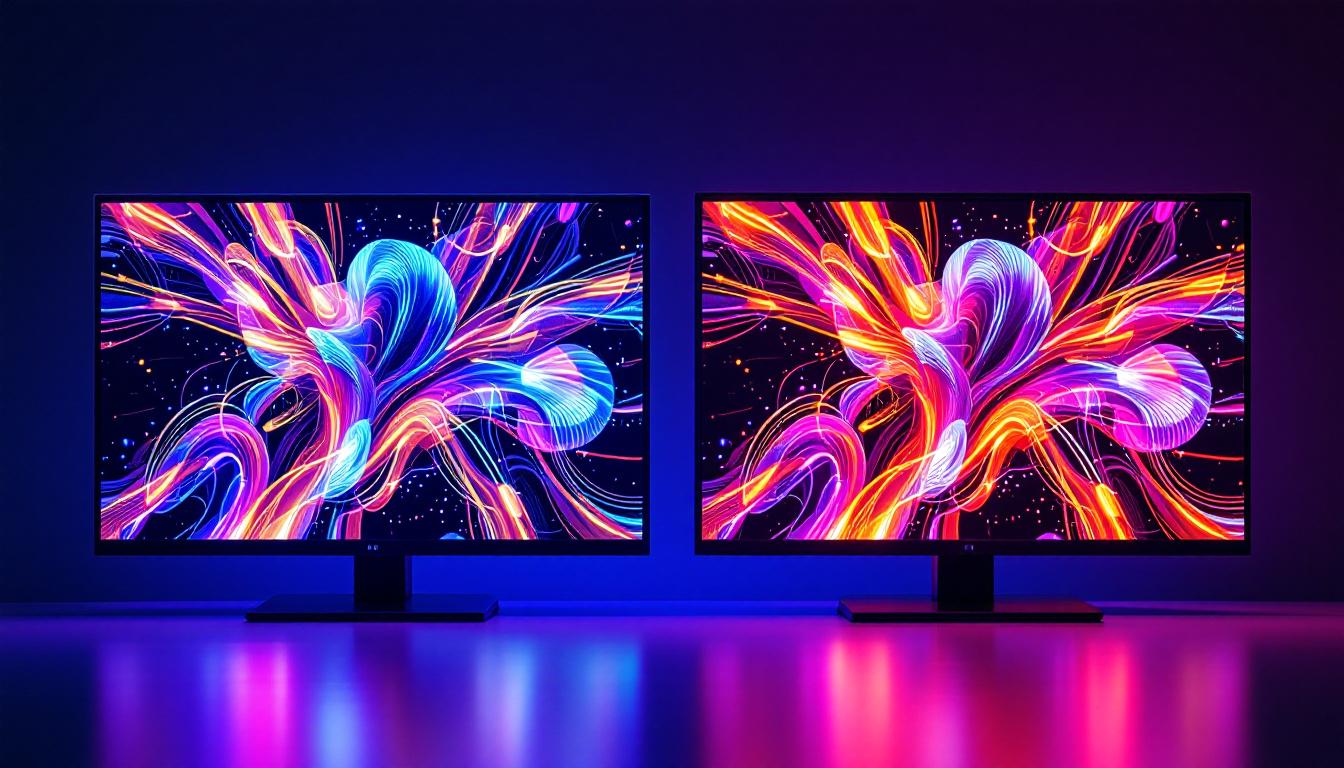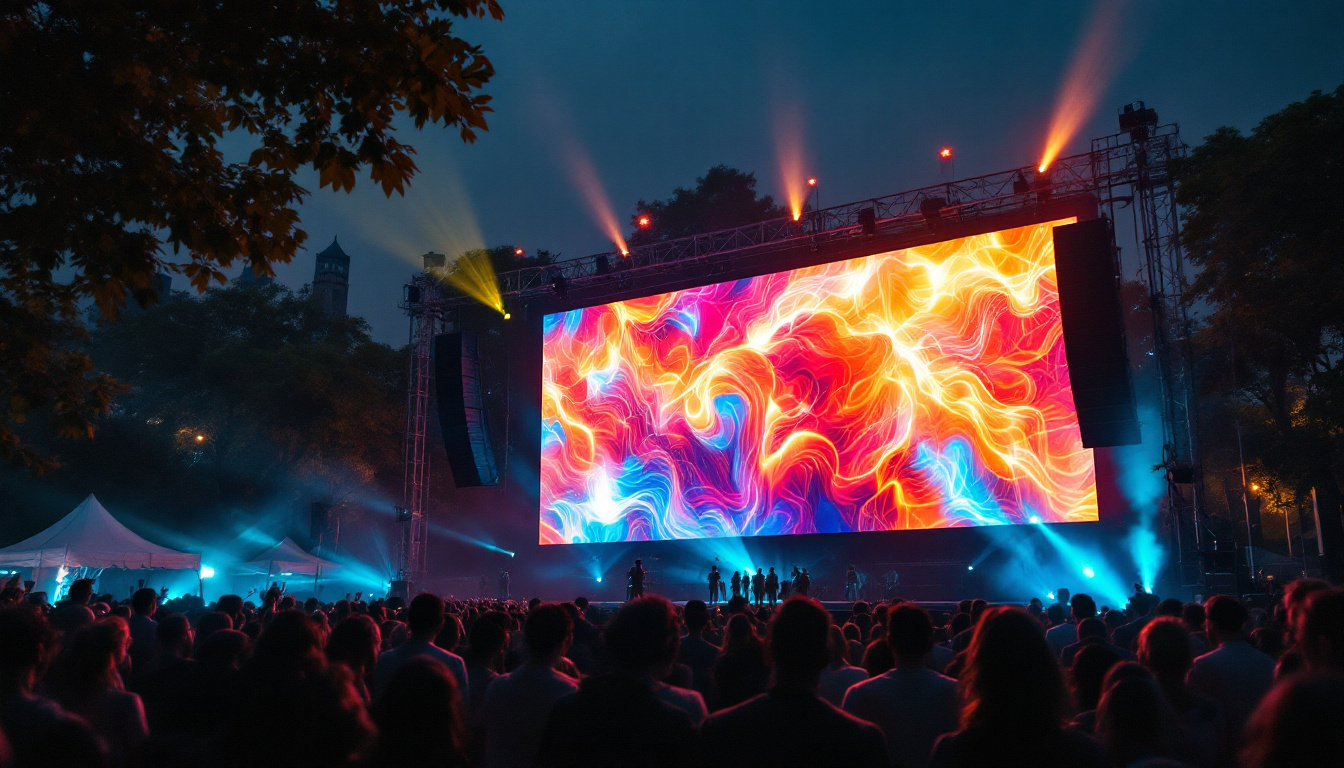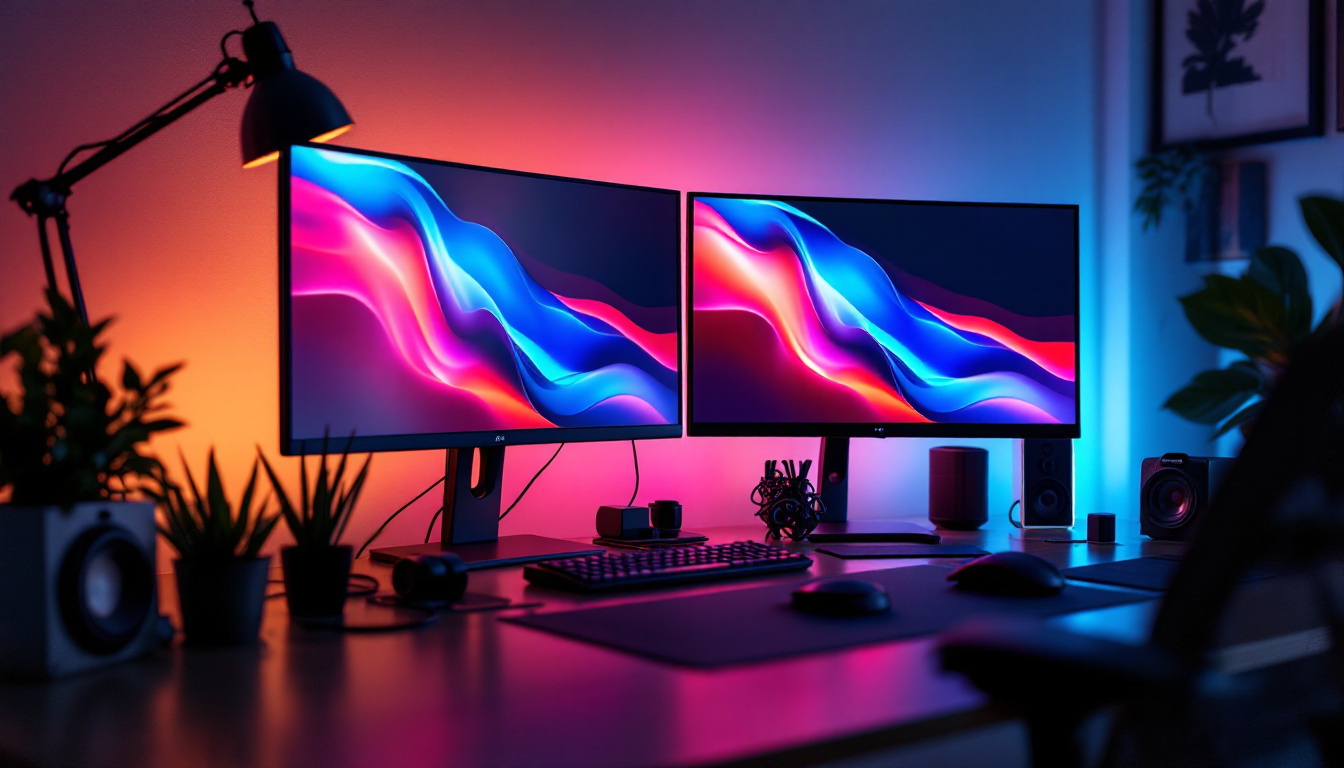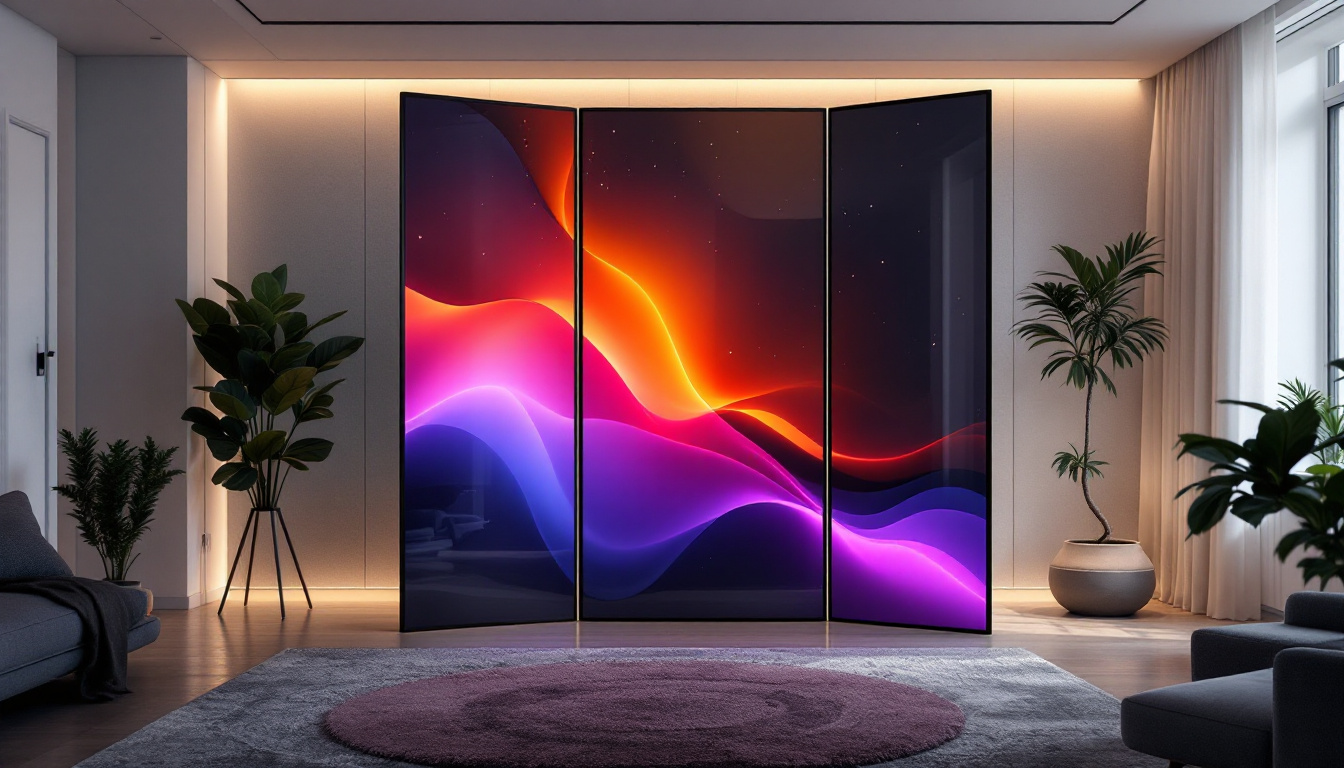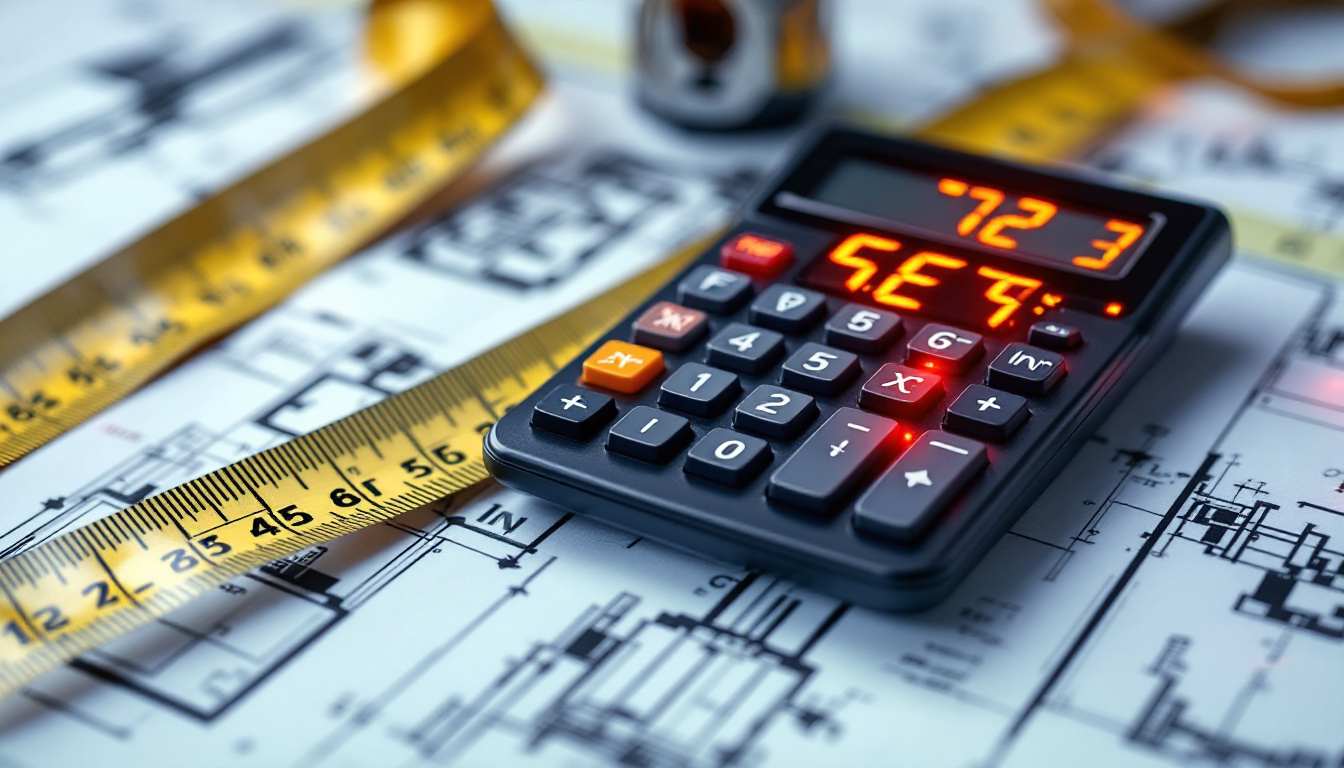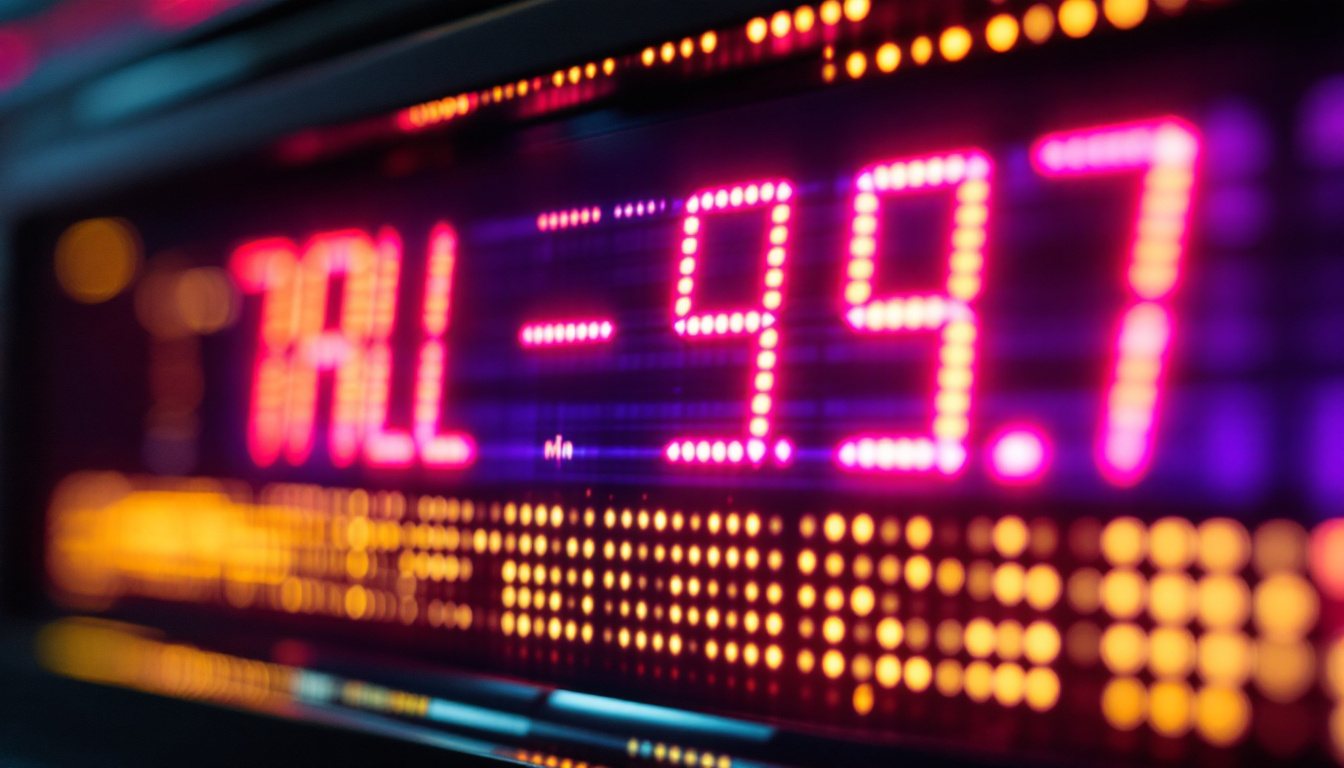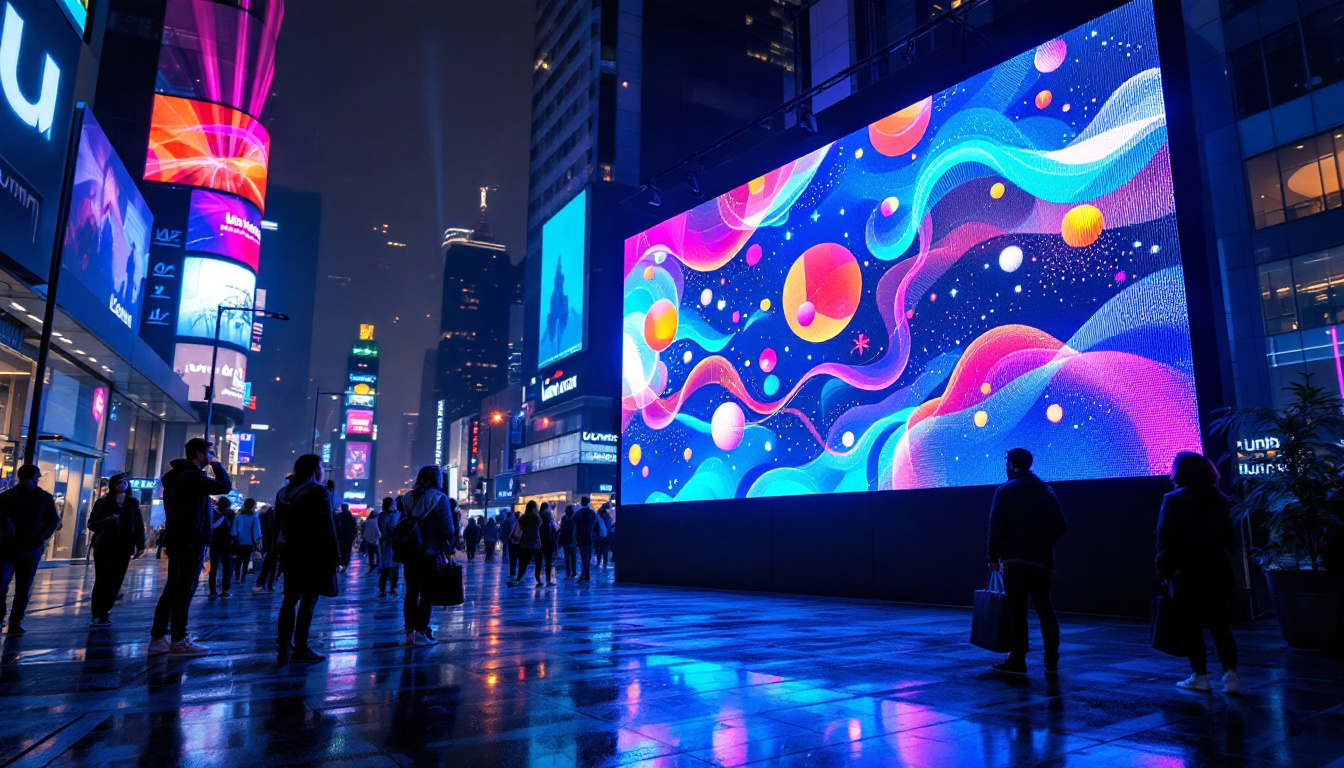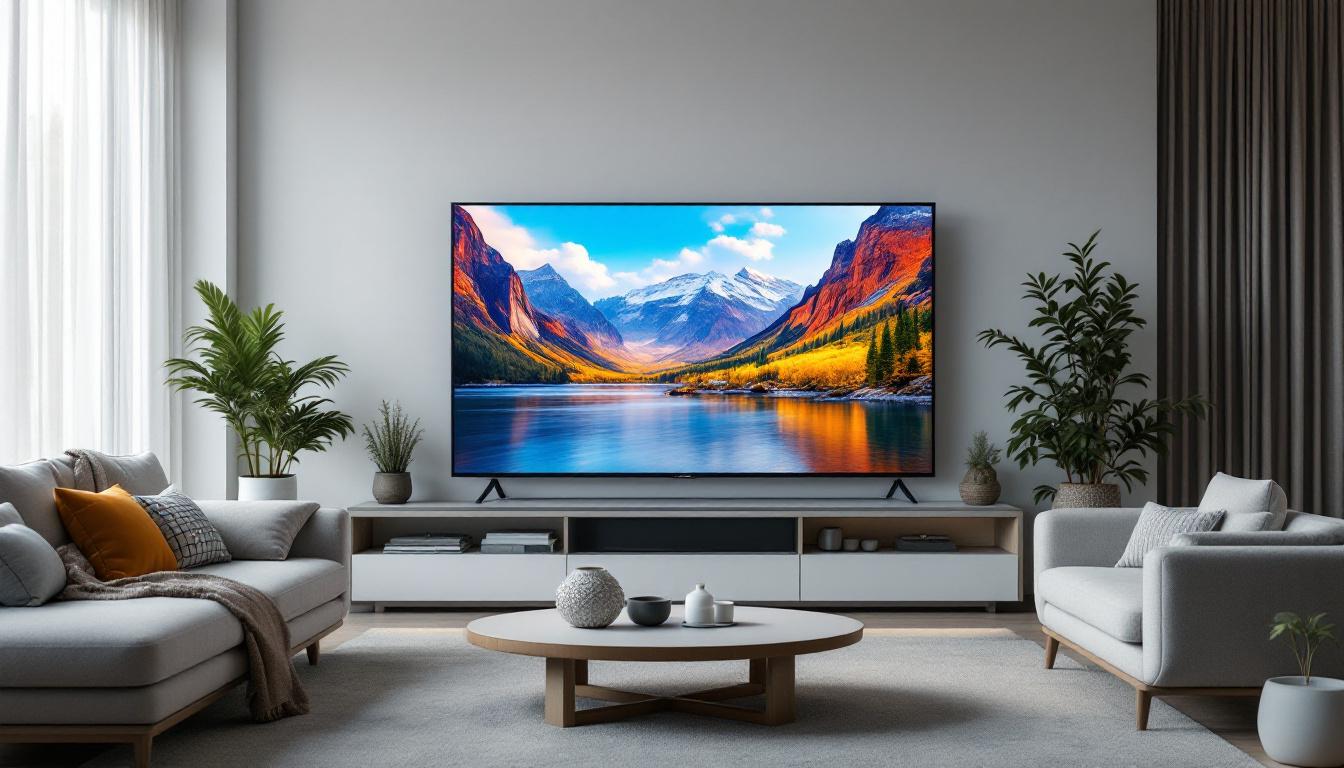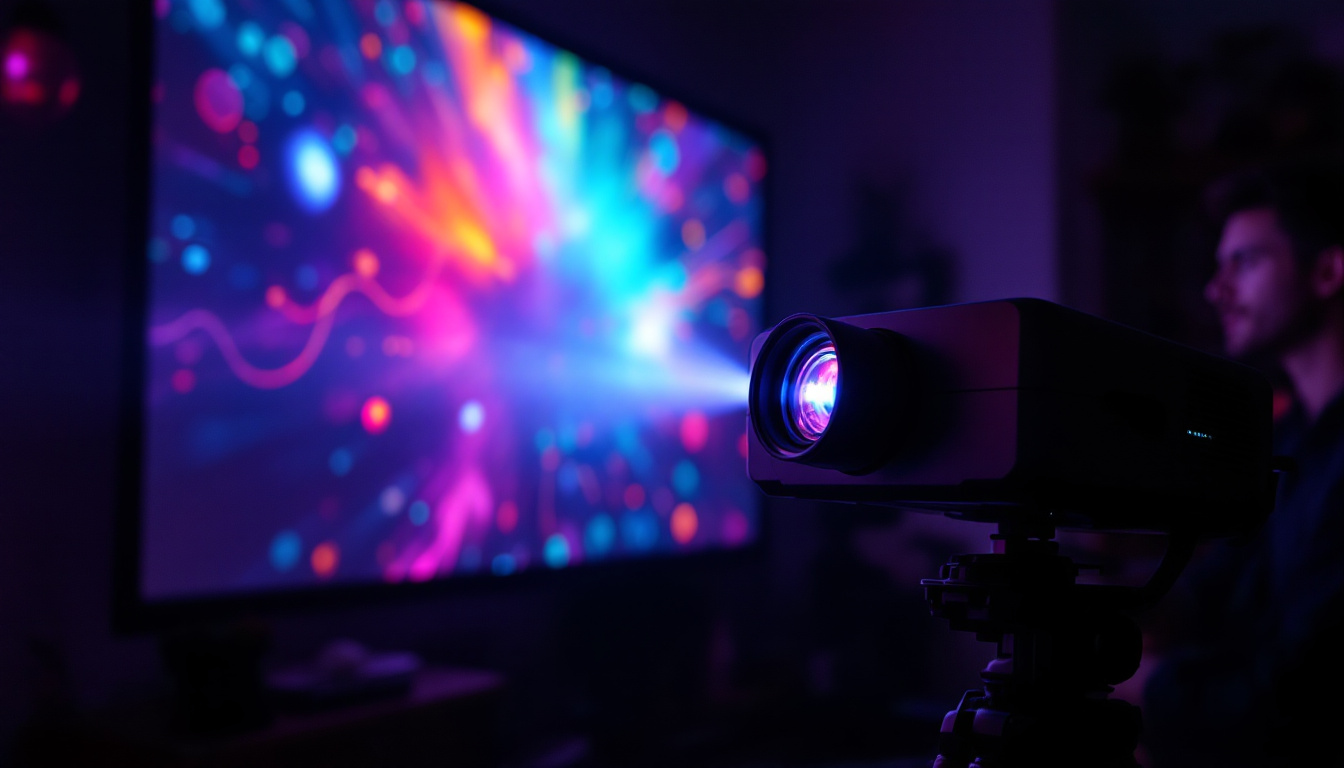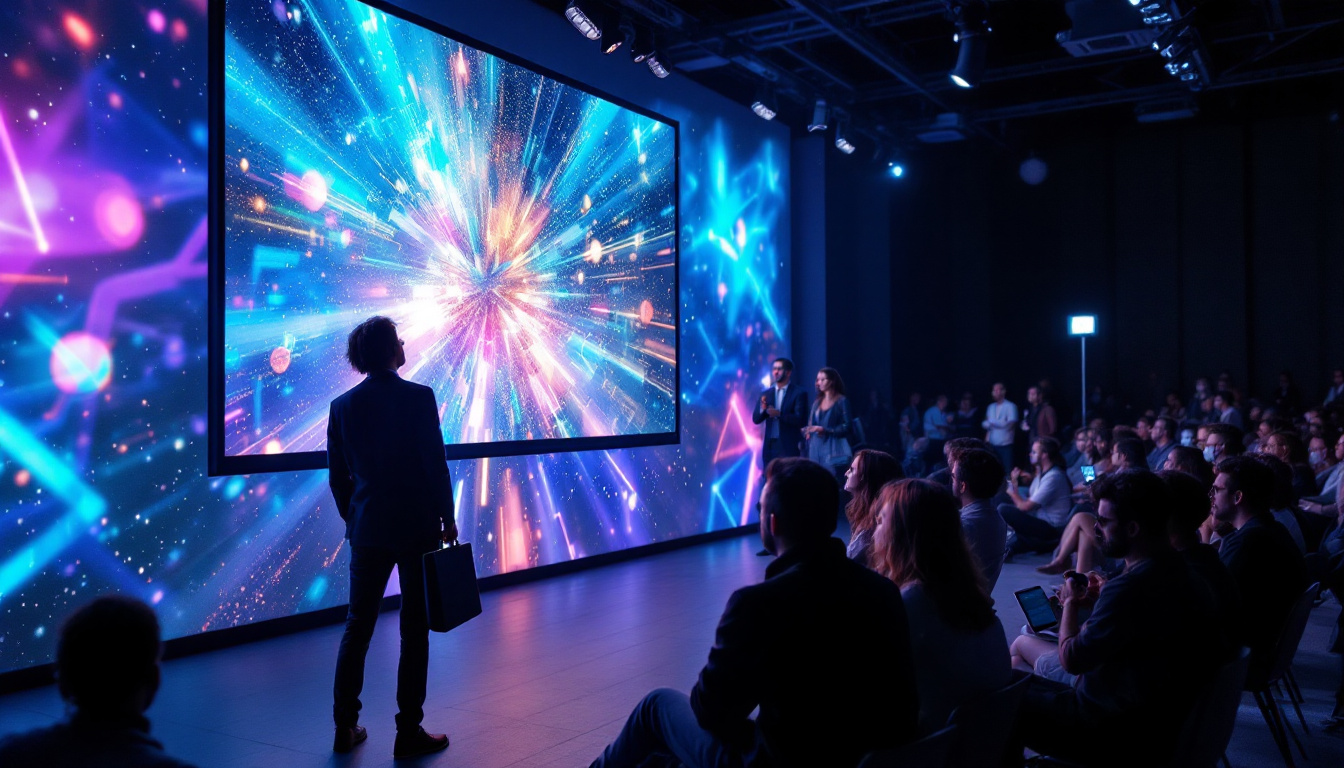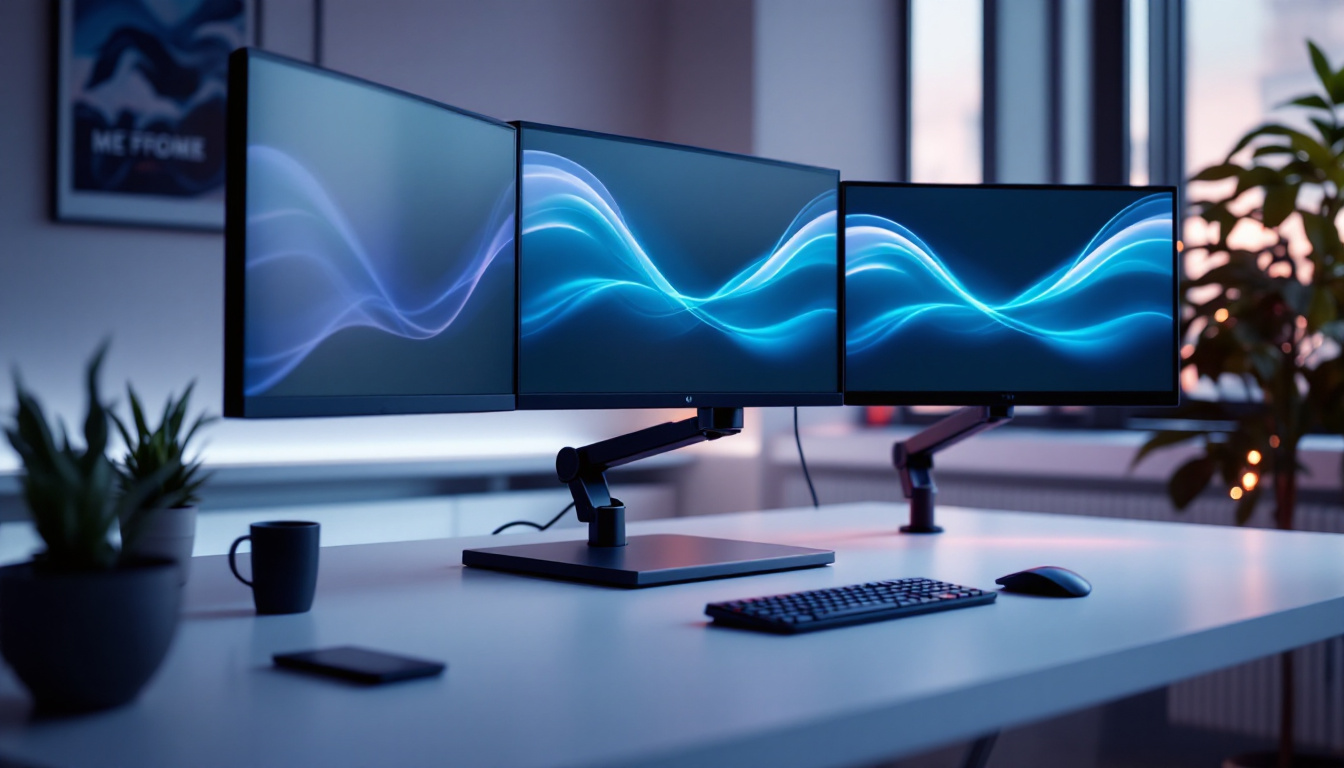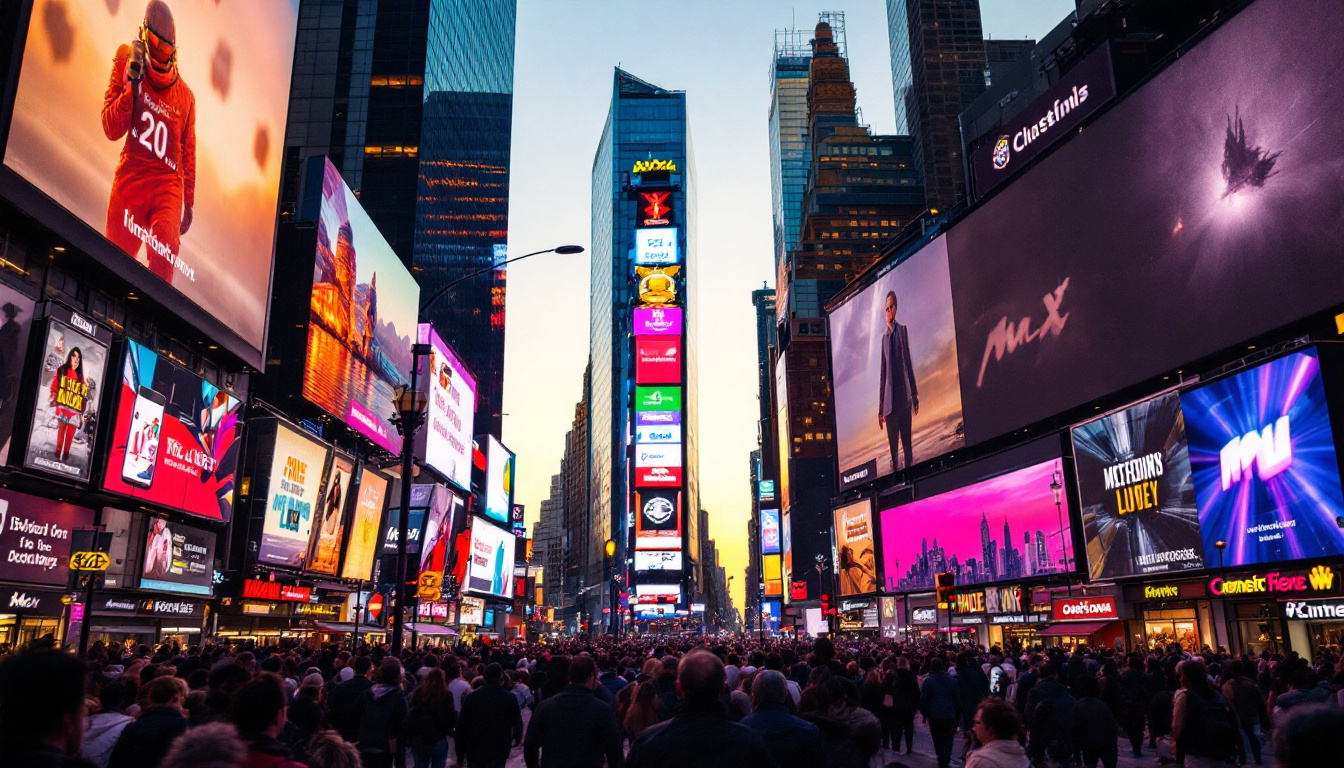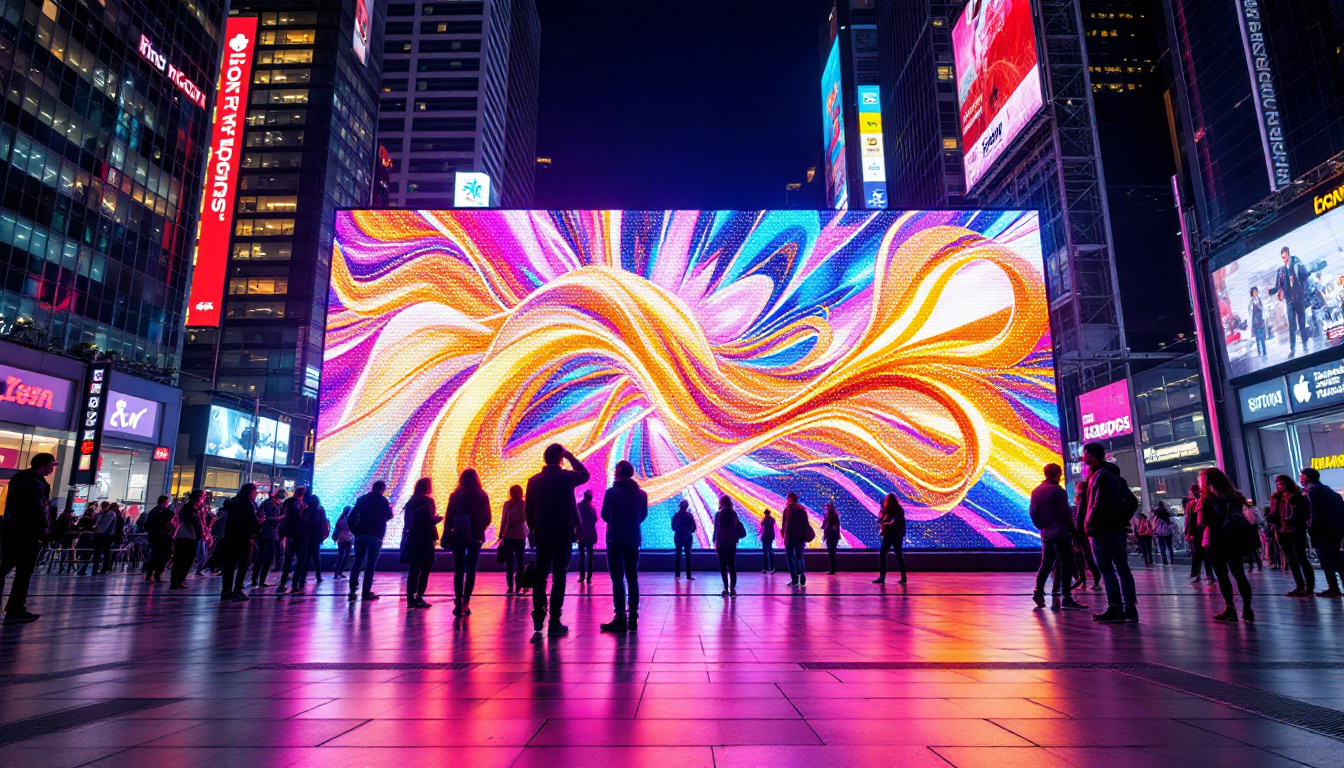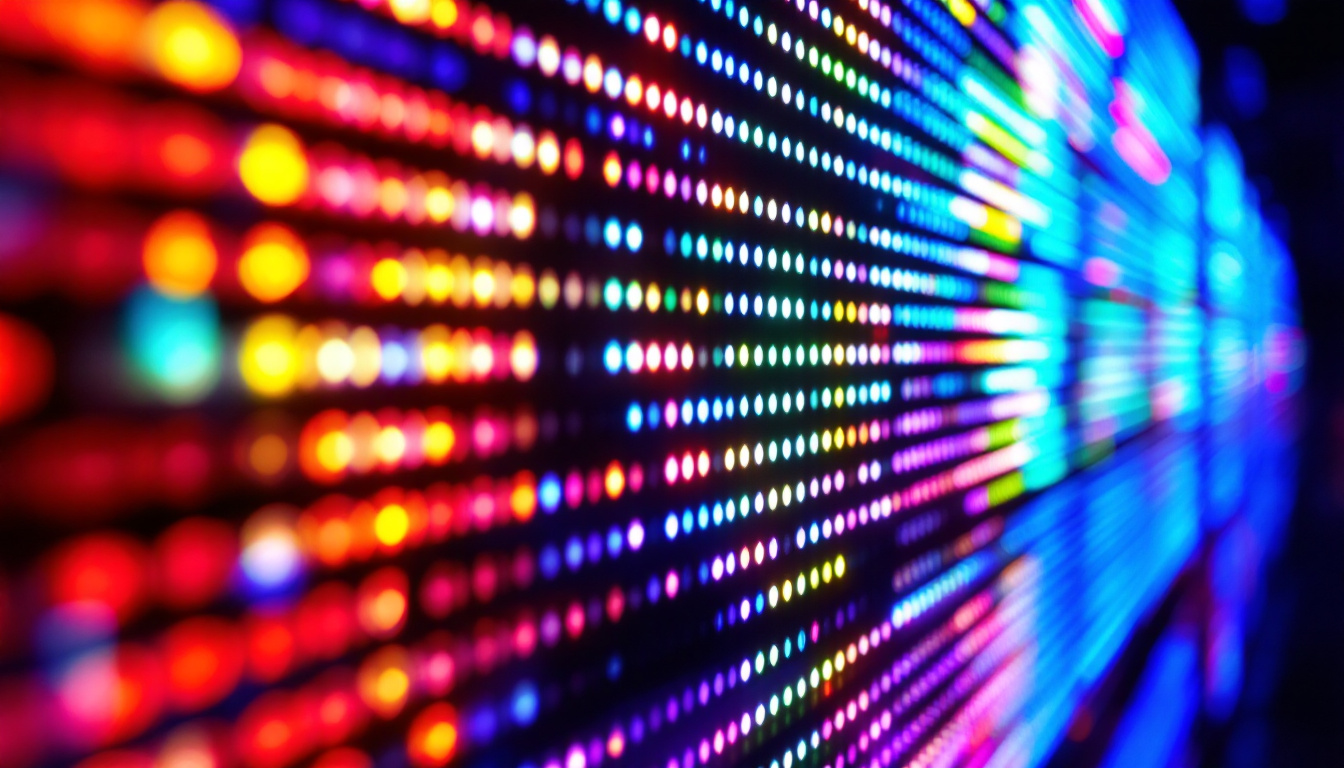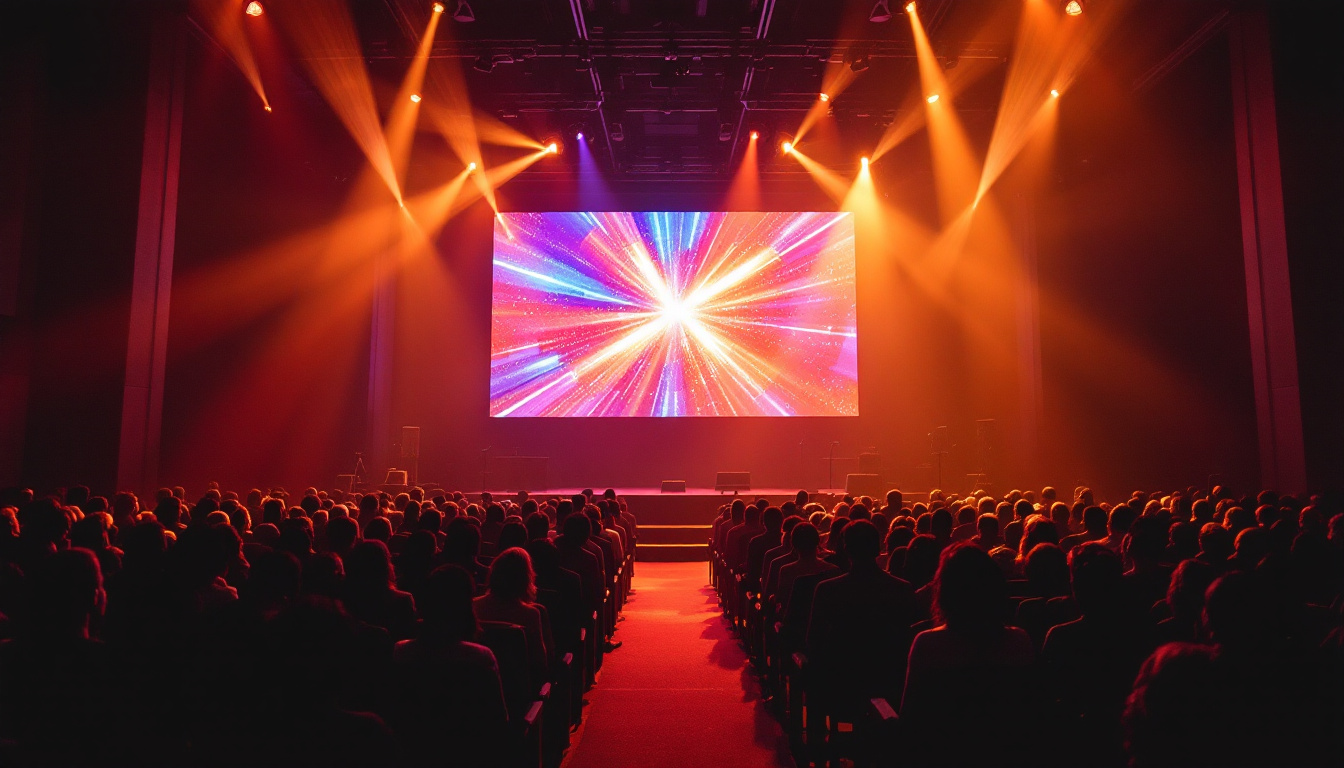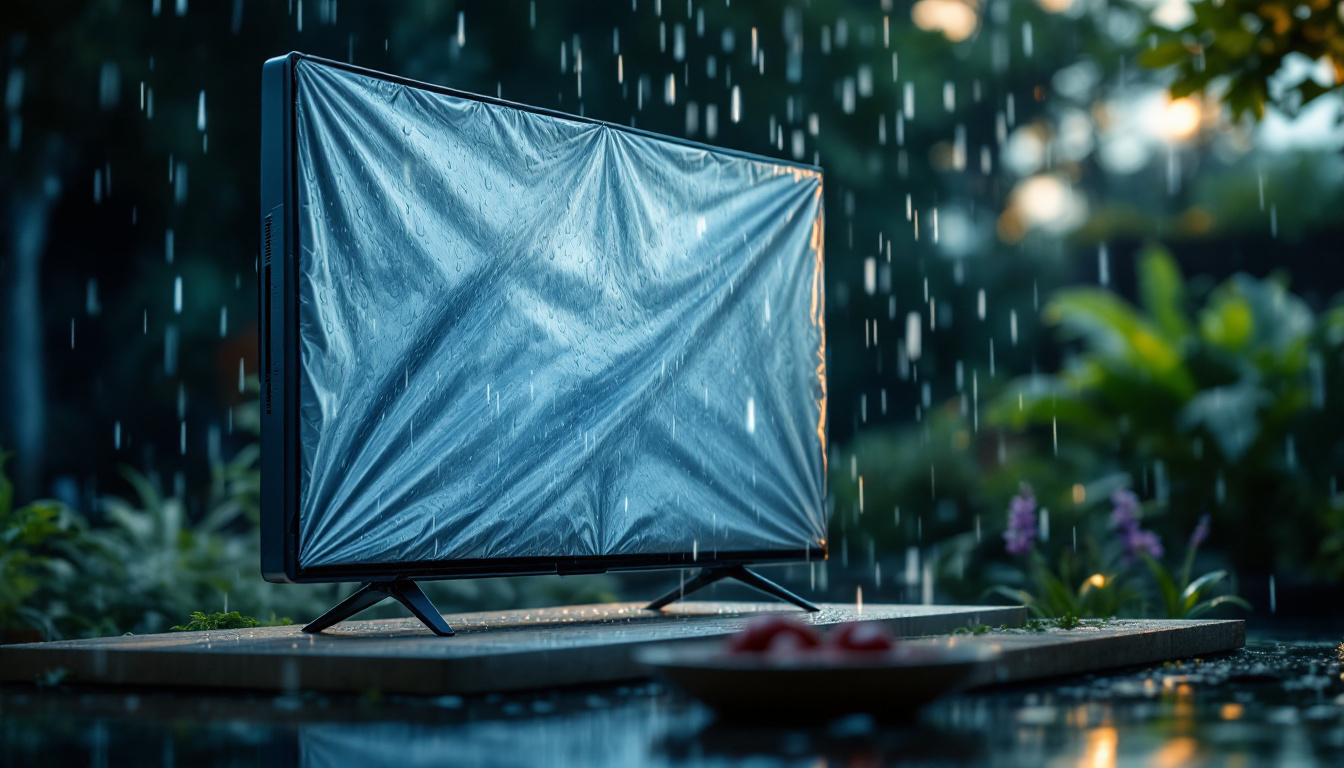In the modern world, LED displays have become a ubiquitous part of our daily lives, from the screens on our smartphones to the large billboards that line city streets. These displays are not just about aesthetics; they serve various functional purposes, including advertising, information dissemination, and entertainment. Understanding how these displays work, particularly in terms of measurement and specifications, is crucial for professionals in fields such as advertising, engineering, and design. This article delves into the intricacies of LED displays, focusing on the significance of measurements in meters and feet.
Understanding LED Technology
LED, or Light Emitting Diode, technology has revolutionized the way visual information is presented. Unlike traditional display technologies, LEDs offer superior brightness, energy efficiency, and longevity. This section explores the fundamental principles of LED technology and its applications.
The Basics of LED Technology
LEDs function by passing an electric current through a semiconductor material, which then emits light. This process is known as electroluminescence. The color of the light emitted depends on the materials used in the semiconductor, allowing for a wide range of colors to be produced. In LED displays, clusters of these diodes are arranged in a matrix to form pixels, which can be controlled individually to create images and videos.
One of the key advantages of LED technology is its efficiency. LEDs consume significantly less power than traditional incandescent bulbs, making them a more sustainable option for large displays. Additionally, they have a longer lifespan, often lasting tens of thousands of hours, which reduces the need for frequent replacements. This longevity not only translates to cost savings over time but also contributes to less electronic waste, aligning with global sustainability goals.
Types of LED Displays
LED displays come in various forms, each suited for different applications. The most common types include:
- Indoor LED Displays: These are typically used in environments such as shopping malls, theaters, and conference rooms. They offer high resolution and brightness, making them ideal for close viewing.
- Outdoor LED Displays: Designed to withstand harsh weather conditions, outdoor displays are larger and brighter to ensure visibility in direct sunlight. They are commonly used for billboards and sports arenas.
- Transparent LED Displays: These innovative displays allow light to pass through, making them suitable for retail environments where visibility into the store is desired.
In addition to these common types, there are also specialized LED displays, such as flexible LED screens that can be bent and shaped to fit unique spaces, and interactive LED displays that engage users through touch or motion sensors. These advancements are pushing the boundaries of how visual content is delivered, allowing for more immersive experiences in both advertising and entertainment. Furthermore, the integration of smart technology with LED displays has enabled features such as real-time data updates and remote management, making them even more versatile and appealing to businesses looking to enhance customer engagement.
As LED technology continues to evolve, we are witnessing the emergence of microLED and OLED (Organic Light Emitting Diode) technologies, which promise even greater efficiency and flexibility. MicroLEDs, for instance, are made up of tiny, individual LEDs that can produce stunningly high resolutions and vibrant colors, while OLEDs offer the advantage of deeper blacks and wider viewing angles. These advancements not only enhance the visual quality but also open up new possibilities for applications in virtual reality and augmented reality, where display performance is critical for user experience.
Importance of Measurements in LED Displays
When discussing LED displays, measurements in meters and feet are crucial for various reasons. These measurements not only determine the size of the display but also impact its visibility, resolution, and overall effectiveness.
Pixel Pitch and Resolution
Pixel pitch refers to the distance between the centers of two adjacent pixels, typically measured in millimeters. A smaller pixel pitch indicates a higher resolution, allowing for clearer images and finer details. For instance, a display with a pixel pitch of 2.5mm will provide a sharper image than one with a pixel pitch of 10mm. Understanding pixel pitch is essential for professionals who need to select the appropriate display for specific viewing distances.
In practical terms, the resolution of an LED display is often expressed in terms of width and height in pixels. For example, a display that is 1920 pixels wide and 1080 pixels high is commonly referred to as a 1080p display. This resolution is crucial for applications where image clarity is paramount, such as in broadcasting or high-end advertising.
Size and Viewing Distance
The physical size of an LED display, measured in meters or feet, plays a significant role in determining its effectiveness. Larger displays are generally more visible from greater distances, making them suitable for outdoor advertising or stadiums. Conversely, smaller displays are better suited for indoor environments where viewers are closer.
For instance, a display measuring 10 feet by 5 feet may be ideal for a sports arena, while a 2-meter by 1-meter display could be perfect for a retail environment. Understanding the relationship between display size and viewing distance is essential for maximizing the impact of visual content.
Applications of LED Displays
LED displays find applications across various industries, each leveraging their unique advantages. This section highlights some of the most common uses of LED technology.
Advertising and Marketing
One of the most prominent applications of LED displays is in advertising and marketing. Billboards and digital signage utilize bright, eye-catching LED screens to capture the attention of passersby. These displays can be programmed to show dynamic content, allowing advertisers to change messages quickly and efficiently.
In urban environments, large outdoor LED displays are often strategically placed in high-traffic areas to maximize visibility. The ability to display vibrant colors and moving images makes these displays more engaging than traditional static billboards.
Entertainment and Events
LED displays are also widely used in the entertainment industry, particularly at concerts, festivals, and sporting events. Large screens provide audiences with a clear view of performances, ensuring that even those seated far from the stage can enjoy the experience.
Moreover, LED technology allows for creative visual effects, such as synchronized light shows and immersive backdrops. This versatility enhances the overall atmosphere of events, making them more memorable for attendees.
Choosing the Right LED Display
Selecting the appropriate LED display involves considering several factors, including size, resolution, and intended use. Professionals must evaluate the specific requirements of their projects to make informed decisions.
Assessing Project Requirements
Before choosing an LED display, it is essential to assess the project’s requirements thoroughly. This includes understanding the target audience, the viewing distance, and the type of content to be displayed. For example, a high-resolution display may be necessary for a retail environment where customers are close to the screen, while a lower resolution may suffice for a large outdoor billboard viewed from a distance.
Additionally, professionals should consider the environment in which the display will be installed. Outdoor displays must be durable and weather-resistant, while indoor displays may prioritize aesthetics and resolution.
Budget Considerations
Budget is another critical factor when selecting an LED display. Prices can vary significantly based on size, resolution, and technology. It is essential to strike a balance between quality and cost, ensuring that the chosen display meets the project’s needs without exceeding the budget.
Investing in a high-quality LED display may yield long-term benefits, such as reduced maintenance costs and a longer lifespan. Therefore, it is often worthwhile to consider the total cost of ownership rather than just the initial purchase price.
Future Trends in LED Display Technology
The LED display industry is constantly evolving, with new technologies and trends emerging regularly. Staying informed about these developments is crucial for professionals looking to leverage the latest advancements.
Advancements in Resolution and Clarity
As technology continues to advance, LED displays are becoming increasingly capable of delivering higher resolutions and improved clarity. Innovations such as microLED and miniLED technologies are paving the way for displays with even finer pixel pitches, resulting in sharper images and enhanced color accuracy.
These advancements are particularly significant for applications requiring high levels of detail, such as medical imaging or high-definition broadcasting. As resolution continues to improve, the potential applications for LED technology will expand even further.
Integration with Smart Technologies
The integration of LED displays with smart technologies is another trend shaping the future of this industry. As the Internet of Things (IoT) continues to grow, LED displays can be connected to various devices and networks, allowing for real-time data display and interactivity.
This capability opens up new possibilities for advertising, where content can be tailored based on audience demographics or environmental factors. For example, a digital billboard could display different ads depending on the time of day or the weather, maximizing relevance and engagement.
Conclusion
LED displays have transformed the way information is presented and consumed, offering unparalleled brightness, efficiency, and versatility. Understanding the measurements in meters and feet, as well as the technical specifications of these displays, is essential for professionals across various fields. From advertising to entertainment, the applications of LED technology are vast and continually evolving.
As advancements in technology continue to emerge, the future of LED displays looks promising. By staying informed and adapting to these changes, professionals can harness the full potential of LED technology, creating impactful visual experiences that resonate with audiences.
Discover Cutting-Edge LED Display Solutions
Ready to elevate your visual experience with the latest in LED technology? Look no further than LumenMatrix, a pioneer in crafting innovative LED display solutions that bring your brand to life. Whether you’re in need of an Indoor LED Wall Display for your corporate space, an Outdoor LED Wall Display for impactful advertising, or any of our specialized displays like Vehicle LED, Sports, or Floor LED Displays, LumenMatrix has the expertise to transform your visual communication. Embrace the future with our Custom, All-in-One, and Transparent LED Displays, designed to captivate and engage your audience like never before. Check out LumenMatrix LED Display Solutions today and start creating unforgettable visual narratives for your business.

